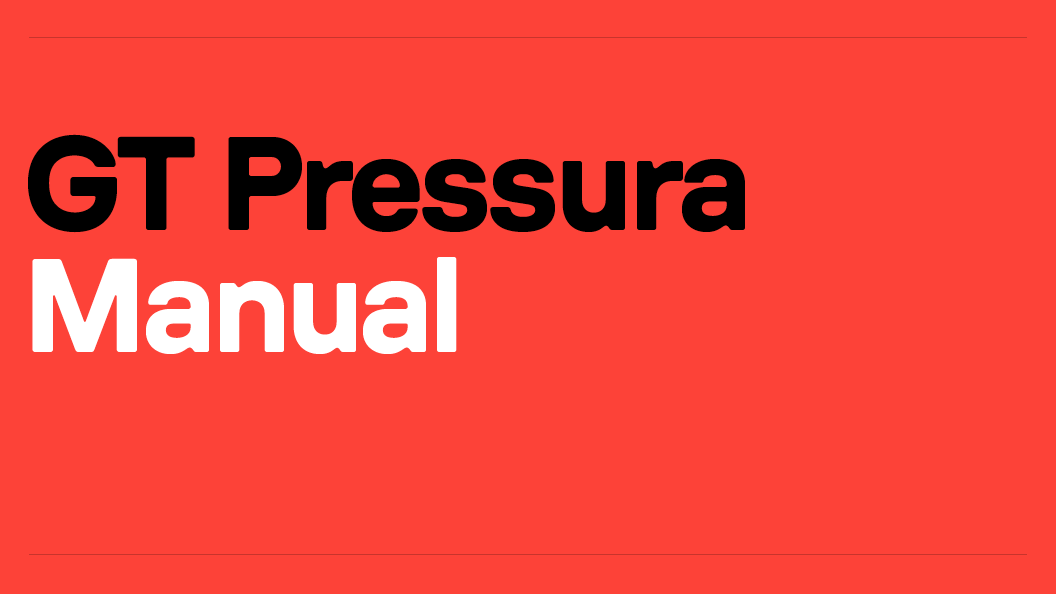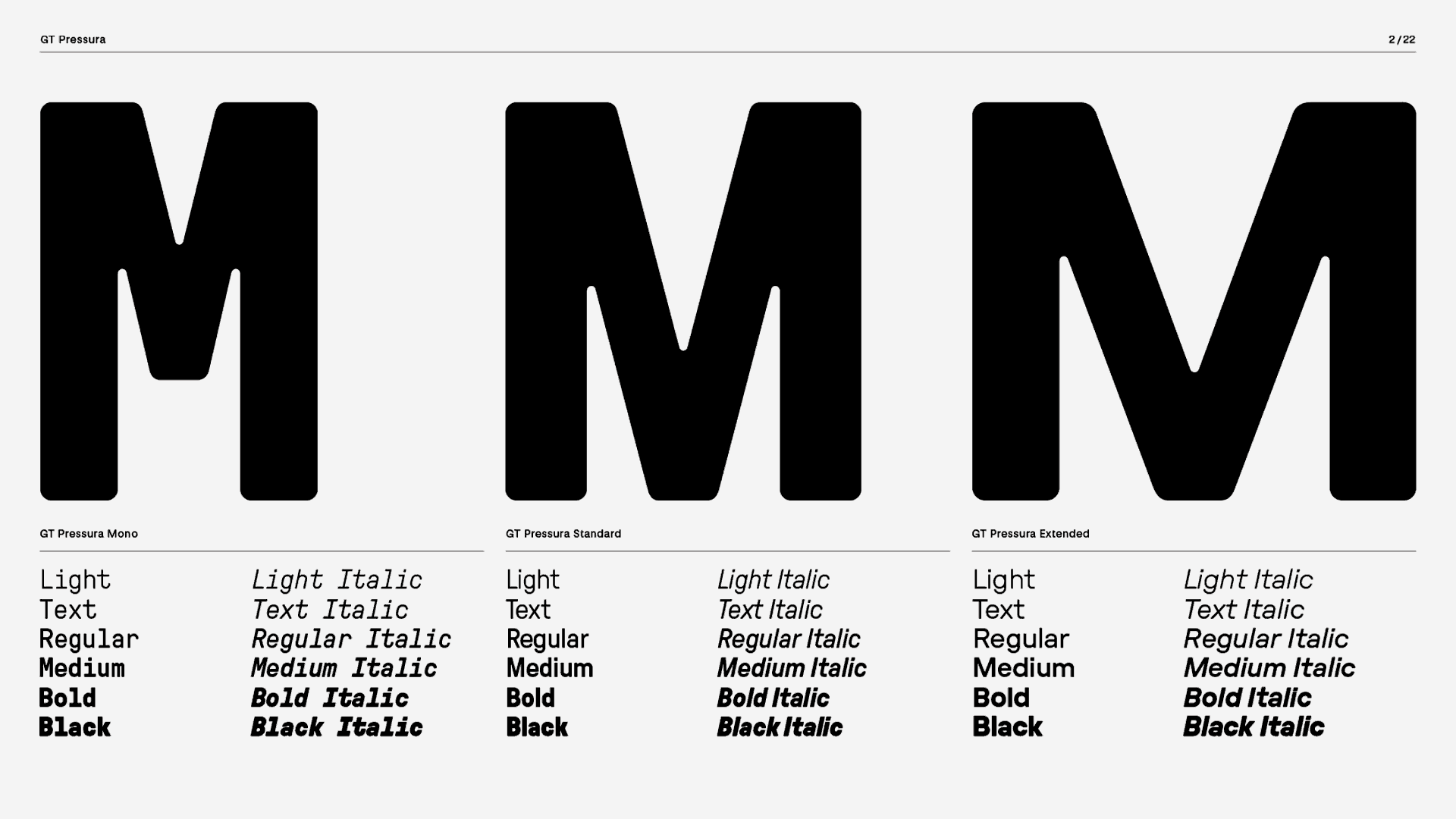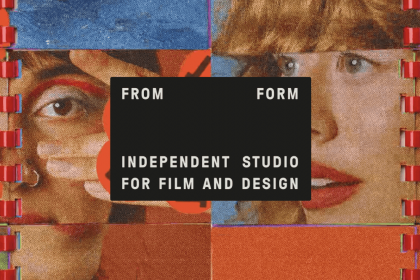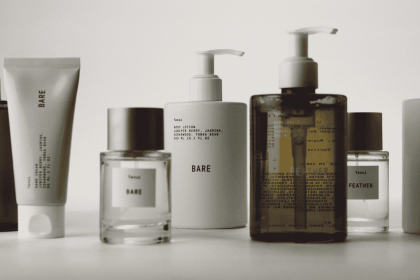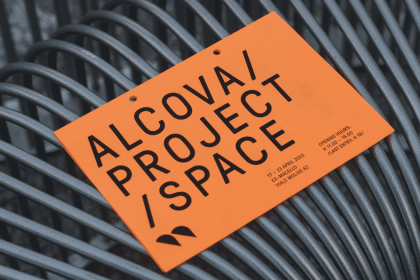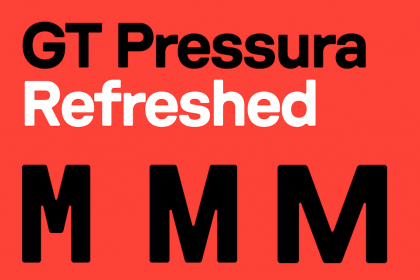GT Pressura
Family overview
- Standard
- Light Italic
- Text Italic
- Regular Italic
- Medium Italic
- Bold Italic
- Black Italic
- Mono
- Light Italic
- Text Italic
- Regular Italic
- Medium Italic
- Bold Italic
- Black Italic
- Extended
- Light Italic
- Text Italic
- Regular Italic
- Medium Italic
- Bold Italic
- Black Italic
Subfamilies
- Standard LightEe day da – that’s okay
- Standard Light ItalicThe common heights are 8 feet 6 inches (2.6 m) and 9 feet 6 inches (2.9 m) – the latter are known as High Cube or Hi-Cube containers. Just like cardboard boxes and pallets, these
- Standard TextPressing down on you
- Standard Text ItalicIn 2010 containers accounted for 60% of the world's seaborne trade. The predominant alternative methods of transport carry bulk cargo – whether gaseous,
- Standard RegularThis system used roller containers for transport by rail, truck and ship, in various configurations up to 5,500 kg (12,100 lb)
- Standard Regular ItalicSchenker AG, Berlin, Germany, Founded by Gottfried Schenker 1872 in Vienna
- Standard MediumJapan Post Service, Tokyo, Japan, 2007 Norio Kitamura
- Standard Medium ItalicUm ba ba be
- Standard Boldсвыше 65 миллионов зрителей. Это один из самых популярных советских кинофильмов, фразы из которого стали крылатыми.
- Standard Bold ItalicTurned away from it all like a blind man
- Standard BlackThese containers are known under a number of names, such as simply container, cargo or freight container, ISO container, shipping, sea or ocean container,
- Standard Black ItalicNếu coi toàn bộ nền kinh tế là một cơ thể sống, trong đó hệ thống giao thông là các huyết mạch thì vận chuyển hàng hóa là quá trình đưa các chất dinh dưỡng đến nuôi các tế bào của cơ thể sống đó.
- Settings
Typeface information
GT Pressura is inspired by metal type printing history as well as engineered letters stamped onto shipping boxes. It uses the visual gesture of ink spreading under pressure as a stylistic device, offering an alternative to more spindly typefaces of the digital age.
Typeface features
OpenType features enable smart typography. You can use these features in most Desktop applications, on the web, and in your mobile apps. Each typeface contains different features. Below are the most important features included in GT Pressura’s fonts:
- TNUM
- Tabular Figures
13.07.2048
- SS01
- Alternate a
React
- CASE
- Case sensitive forms
¿TE GUSTA?
Typeface Minisite
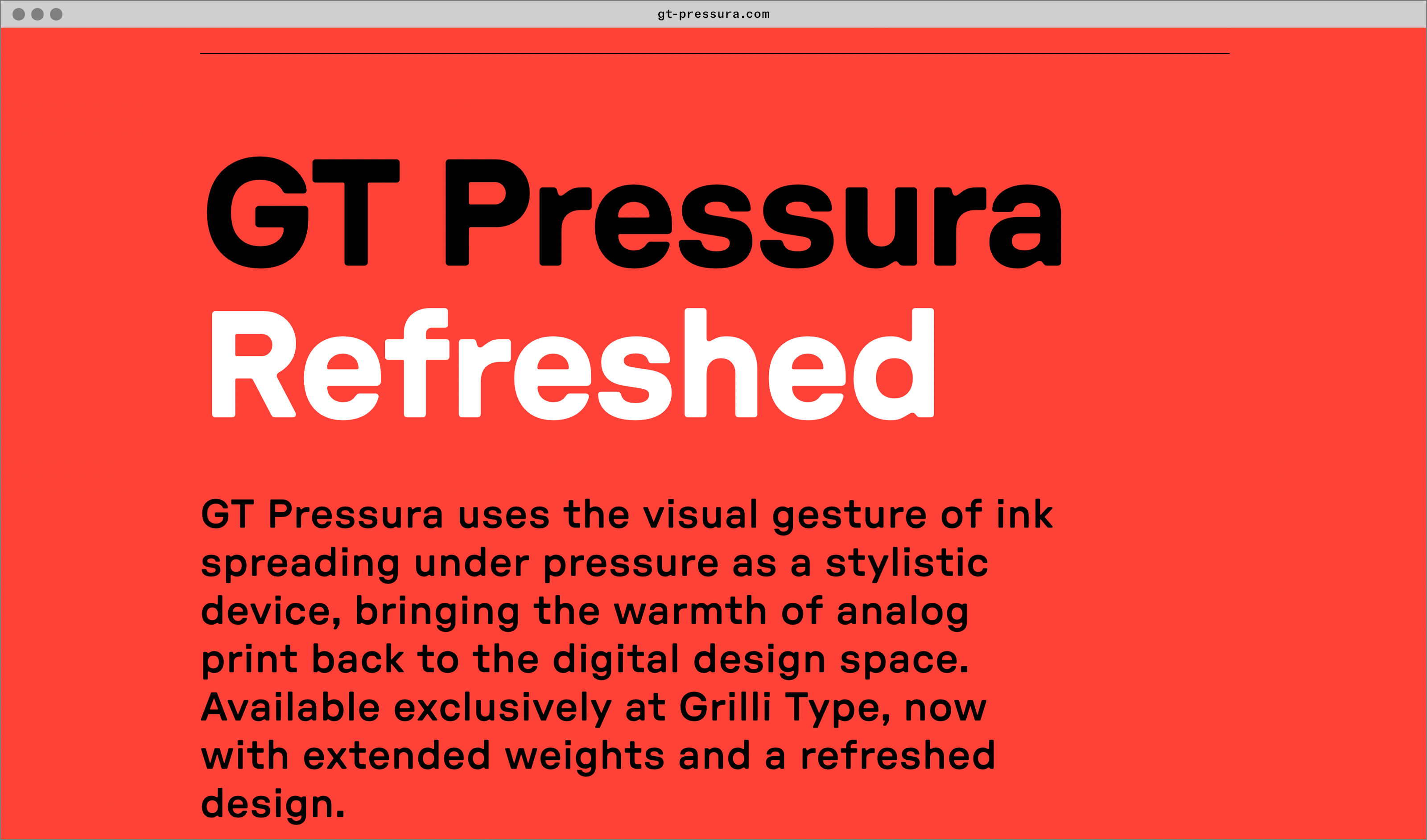
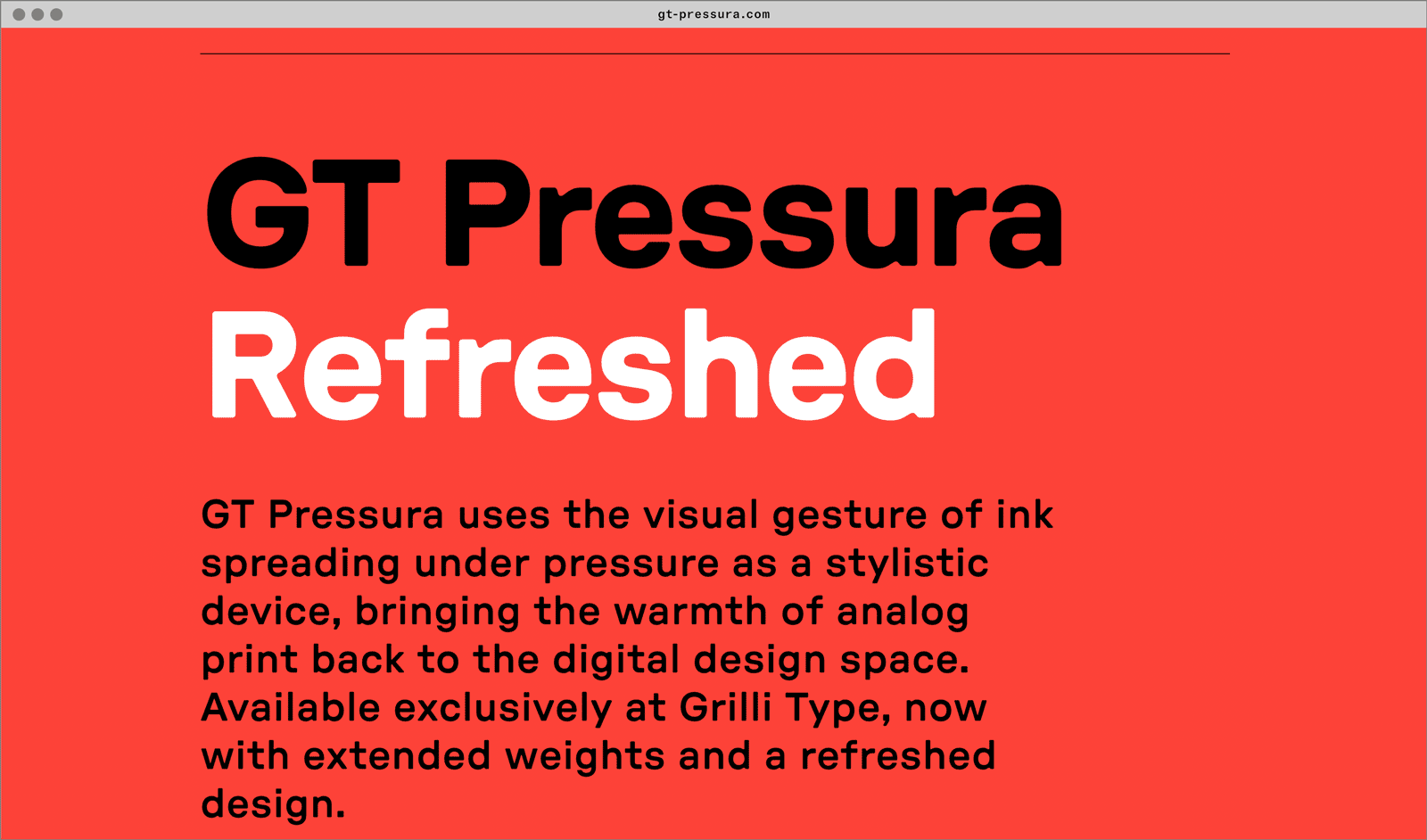
- Visit the GT Pressura minisite to discover more about the typeface family’s history and design concept.
GT Pressura in use
